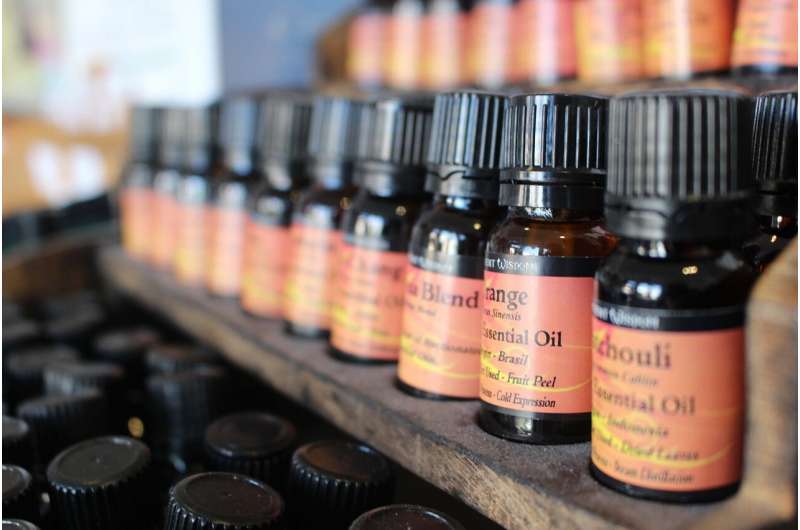Credit: CC0 Public Domain
Indonesian patchouli oil represents a significant share of the world market, supplying some 90 percent to the perfume industry as a common fixative agent for scents. Some 1400 tonnes are produced annually. New markets for this product may open up in medicine, given the efficacy of this substance in certain contexts for cancer chemotherapy. As such, there is an increasing need to look at its distillation from aqueous mixtures to make improved products.
Chemical engineers Chandrawati Cahyani and Wa Ode Cakra Nirwana of Brawijaya University, East Java, Indonesia have investigated how well turbidity might be used as an indicator of how far the distillation process has gone. This approach could offer a less technically onerous and so less costly test than standard gas chromatographic techniques. The team has now demonstrated that there is a linear relationship between turbidity and oil content in the aqueous emulsions of patchouli oil during distillation.
The study also demonstrated that a distillation temperature of 60 degrees Celsius is optimal and minimizes the additional cost due to the need for cooling the distillate with chilled water. The process was also shown to work better at pH 4 and with the addition of a 0.2 percent concentration of sodium chloride (common salt).
"Turbidity data proved to be an excellent indicator of separation efficiency, meaning that for field operation in a rural area it will be a beneficial tool," the team reports in the International Journal of Postharvest Technology and Innovation.
More information: Chandrawati Cahyani et al. The use of turbidity as a separation indicator of patchouli oil from its aqueous mixture in community distillation practices, International Journal of Postharvest Technology and Innovation (2019). DOI: 10.1504/IJPTI.2019.104174
Provided by Inderscience
























